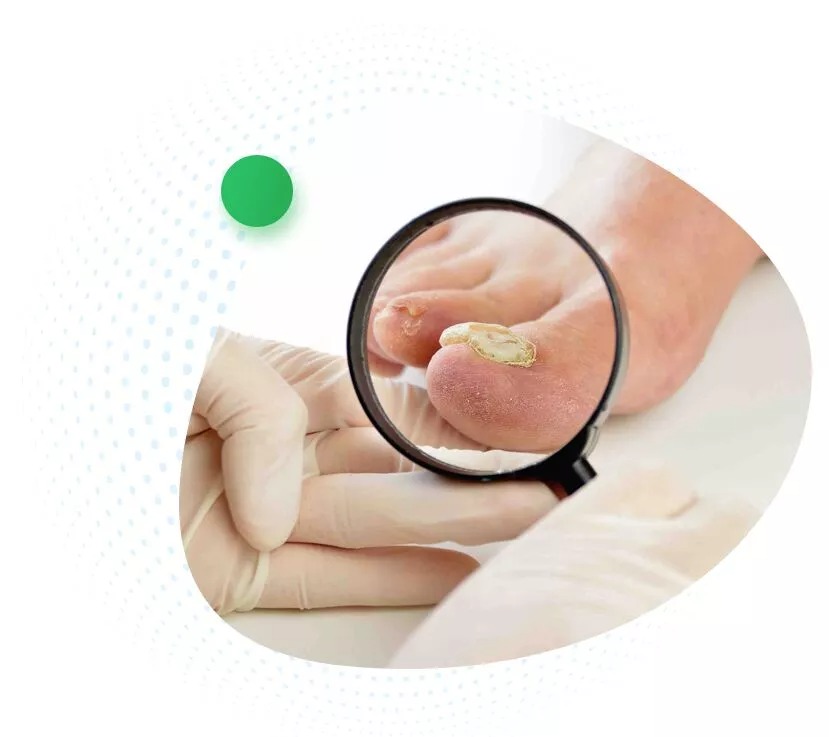Over-the-counter products are available that stop the growth of toenail fungus. These products include topical gels, creams, foot powders, and sprays. While these are effective in mild cases, they don’t penetrate the cuticle or infected nail. Prescription medications are a better option because they can penetrate the cuticle. Here are some of the best toenail fungus treatments.
Sunflower oil:
Ozonated oils have antifungal and therapeutic properties that are similar to traditional medications. A topical application of ozonated sunflower oil has shown remarkable results in a study involving 400 participants. It also keeps the nails clean, preventing fungus growth. However, there are still questions about the safety of using this treatment. However, there are many benefits of using this oil.
First, you must visit a podiatrist who will be able to take a complete history of the problem. It would help if you mentioned any medical factors that may have contributed to the problem. The doctor should know the causes and methods of treatment to ensure a successful outcome. While oral medication is the first line of defense, it can cause negative side effects for some people. You should also disclose all medical conditions to your podiatrist, including your medications and any other medications you may be taking.
Oral antifungal medication:
Fungal infections are skin problems caused by different species of fungi. For example, a toenail fungus is a form of an athlete’s foot. This fungus is often spread by foot sweat. It causes a blistering rash that stings and itches. You can get an athlete’s foot in anyone, including older adults. Affected feet are commonly found on damp surfaces.
Laser treatment:
Laser treatment for toenail fungi is a procedure in which a beam of heat from a laser is used to kill the fungus. The procedure is relatively painless, and it usually takes about 30 minutes per treatment. After the procedure, the patient can return to their normal daily routine. However, the full effect of laser treatment may take six to nine months. You must follow specific instructions for preventing re-infection.
Nonprescription treatment:
Several types of nonprescription treatment for toenail fungus exist, including various herbal remedies and natural preventative measures. Oral antifungal medication is another option, though this is not as effective as prescription creams and pills. Both require daily application and may cause side effects, including redness and burning of the affected area. If these options do not work, you may want to seek out other treatment options.
